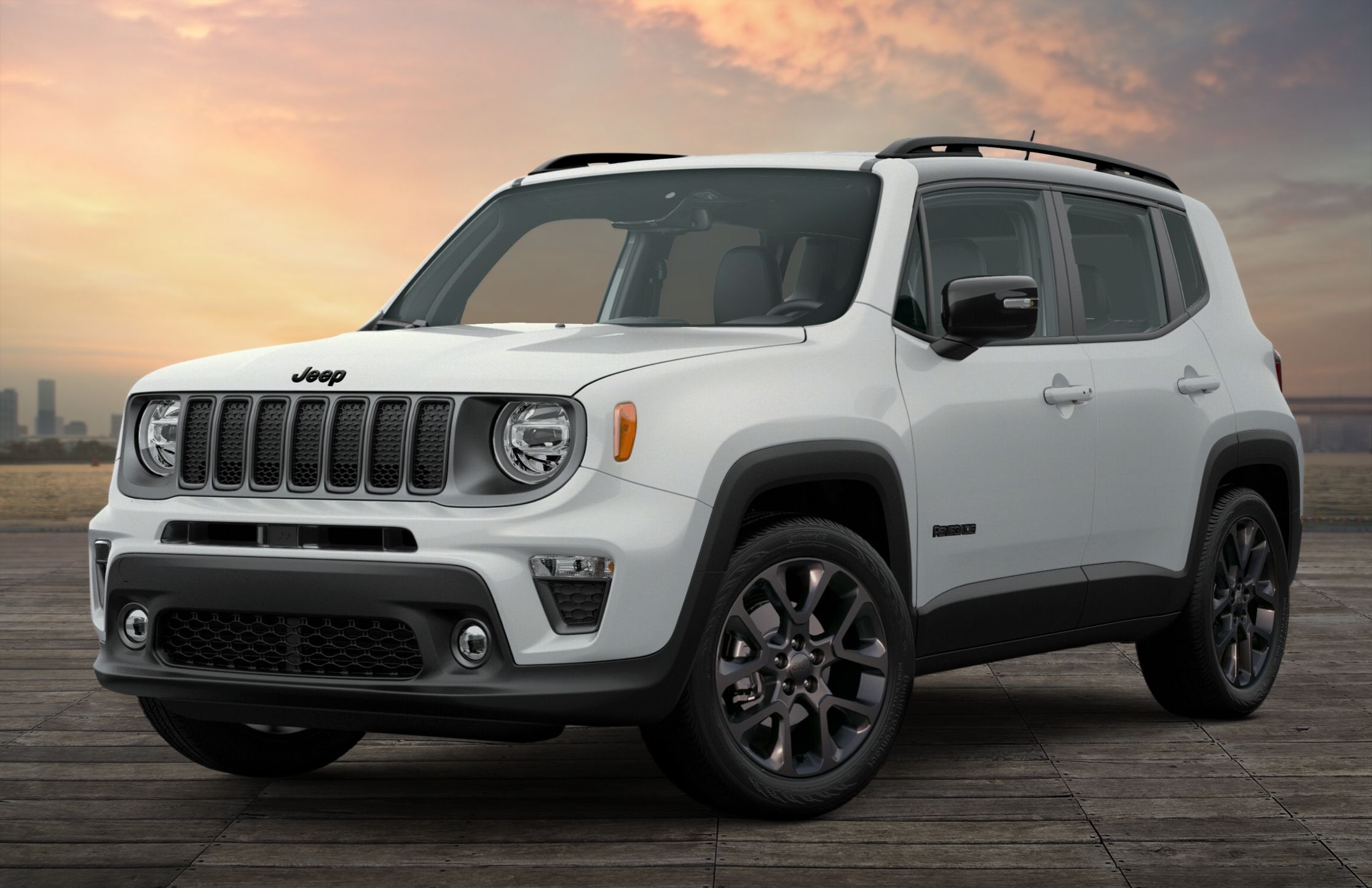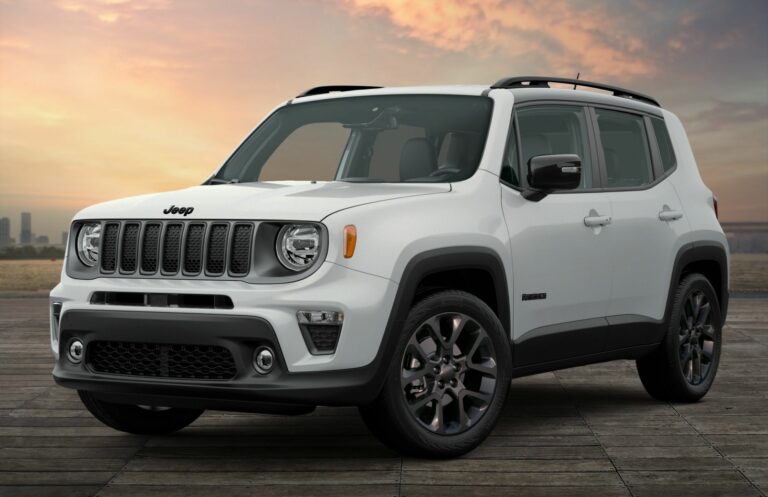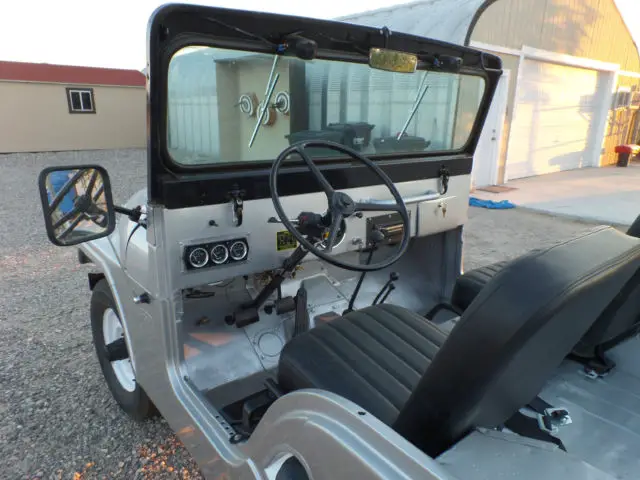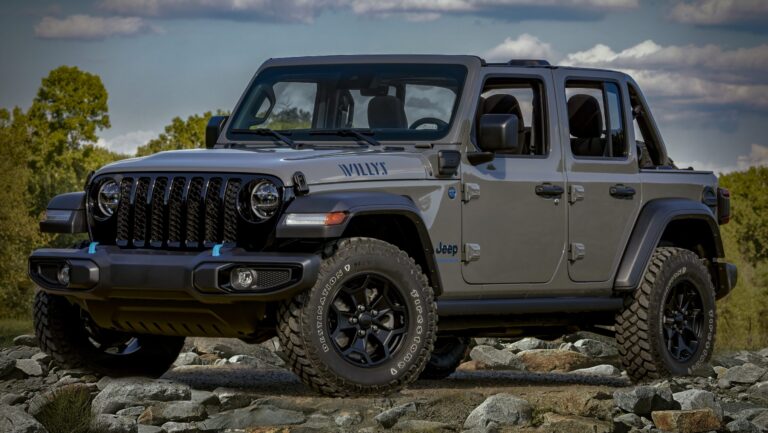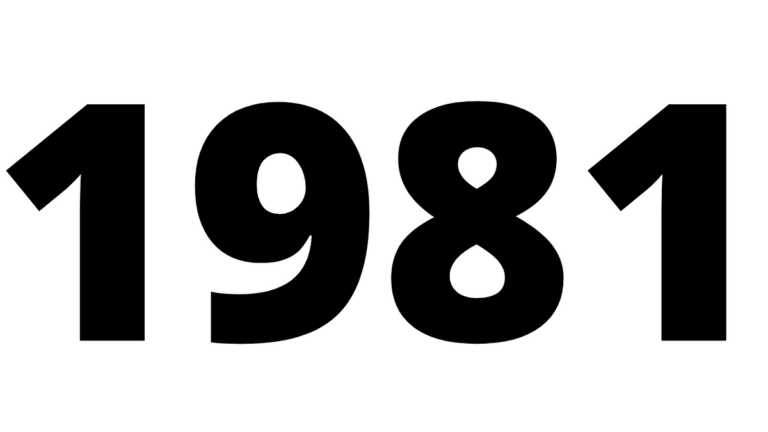Jeep Wrangler Dana 60 For Sale: The Ultimate Axle Upgrade Guide
Jeep Wrangler Dana 60 For Sale: The Ultimate Axle Upgrade Guide jeeps.truckstrend.com
For any serious Jeep Wrangler enthusiast, the mention of "Dana 60" often elicits a knowing nod of respect, perhaps even a wistful sigh. More than just a collection of gears and shafts, a Dana 60 axle represents the pinnacle of strength, durability, and performance for an off-road vehicle. If you’ve pushed your stock axles to their limits, or if you simply aspire to conquer the most challenging terrains with larger tires and unwavering confidence, then searching for a "Jeep Wrangler Dana 60 For Sale" is your next logical step.
This comprehensive guide will delve deep into the world of Dana 60 axles for Jeep Wranglers, covering everything from why you need one to where to find the perfect setup for your rig. We’ll explore the various options available, key considerations for purchase, and practical advice to ensure your upgrade is a success.
Jeep Wrangler Dana 60 For Sale: The Ultimate Axle Upgrade Guide
What is a Dana 60 Axle? The Foundation of Off-Road Dominance
The Dana 60 is a heavy-duty automotive axle manufactured by Dana Incorporated. It has a storied history, primarily found in heavy-duty trucks and industrial applications due to its robust design and impressive load-carrying capacity. Its reputation for near-indestructible strength in demanding environments has made it the go-to choice for serious off-road builders who demand the absolute best from their drivetrain.
Compared to the factory Dana 30 or even the Dana 44 axles found in many Wranglers, the Dana 60 boasts a significantly larger ring gear, thicker axle tubes, and more robust axle shafts. This translates directly to superior resistance against bending, breaking, and stripping under the immense stresses of rock crawling, high-speed desert runs, or simply running massive tires.
Why Upgrade to a Dana 60 for Your Jeep Wrangler?
The decision to invest in a Dana 60 is not taken lightly, given its cost and complexity. However, the benefits for a dedicated off-roader are compelling and often essential for pushing the limits of your vehicle:
- Unmatched Strength and Durability: This is the primary reason. Stock Wrangler axles, especially the Dana 30, are prone to bending axle tubes, breaking axle shafts, and stripping ring and pinion gears when subjected to oversized tires (typically 37 inches and above), aggressive driving, or demanding terrain. A Dana 60 virtually eliminates these concerns, offering peace of mind on the trail.
- Support for Larger Tires: If your goal is to run 40-inch tires or larger, a Dana 60 is almost a prerequisite. The increased strength handles the massive leverage and rotational forces generated by such tires, preventing catastrophic failures.
- Enhanced Off-Road Performance: With a Dana 60, you can tackle obstacles with greater confidence. The robust construction allows for more aggressive lines, higher speeds in rough terrain, and less worry about drivetrain components failing when you’re miles from civilization.
- Increased Payload and Towing Capacity: While not the primary driver for most Wrangler owners, the inherent strength of a Dana 60 also translates to improved load-carrying and towing capabilities, if that’s a consideration for your build.
- Future-Proofing Your Build: A Dana 60 upgrade is a long-term investment. It provides a solid foundation for any future modifications, ensuring your axles won’t be the weakest link in an increasingly capable vehicle.

Types of Dana 60 Axles Available for Wranglers
When you begin your search for a "Jeep Wrangler Dana 60 For Sale," you’ll encounter various options, each with its own pros and cons:
- New Crate Axles (Wrangler-Specific): These are purpose-built axles from reputable aftermarket manufacturers like Dynatrac, Currie Enterprises, TeraFlex, G2 Axle & Gear, and Spidertrax. They arrive ready to bolt into your specific Wrangler model (JK, JL, TJ, YJ, CJ) with correct widths, mounting brackets, and bolt patterns. They offer the highest quality, customization options (gear ratio, locker type, brake kits), and come with warranties. This is often the most expensive but most straightforward option.
- Used Aftermarket Dana 60s: These are previously installed aftermarket Dana 60s that someone is selling. They offer a significant cost saving over new units but require careful inspection. They will likely be specific to a certain Wrangler generation.
- Used Donor Axles (e.g., from heavy-duty trucks): These are Dana 60s pulled from vehicles like Ford F-250/F-350, Chevy K30, or Dodge W250/W350. While much cheaper, they require extensive modification to fit a Wrangler, including cutting and welding new mounting brackets, narrowing the axle to the correct width, changing the bolt pattern, and potentially upgrading the internal components. This is a project for experienced fabricators.
- Front vs. Rear Axles: Most enthusiasts upgrade both, but some choose to do one at a time. Front Dana 60s are often more complex due to steering and differential placement. Rear Dana 60s can be semi-float (axle shafts carry vehicle weight) or full-float (axle shafts transmit power only, wheel hub carries weight), with full-float being the stronger and preferred option for heavy-duty applications.
Key Considerations When Buying a Dana 60
Purchasing a Dana 60 is a significant investment that requires careful planning. Here’s what you need to consider:
- Vehicle Application (Wrangler Model): Ensure the axle is designed for your specific Wrangler generation (JK, JL, TJ, YJ, CJ). Widths, bracketry, and bolt patterns vary significantly.
- Front or Rear: Are you upgrading one or both? Compatibility between front and rear axles (e.g., gear ratio, bolt pattern) is crucial.
- Gear Ratio: This is paramount. The gear ratio must match your tire size, engine, transmission, and driving style. If you’re buying a front and rear, their ratios must be identical. Common ratios for large tires include 4.88, 5.13, 5.38, or even lower.
- Locker Type: Dana 60s can come with various locking differentials (lockers) or open differentials. Common options include selectable lockers (e.g., ARB Air Locker, Eaton E-Locker), automatic lockers (e.g., Detroit Locker), or spools. Your choice depends on your driving style, terrain, and comfort with on-road handling characteristics.
- Axle Shafts: While Dana 60s are strong, upgrading to chromoly axle shafts is a common enhancement for extreme use, offering even greater strength than stock Dana 60 shafts.
- Housing Material & Construction: Aftermarket housings are often made from high-strength steel or nodular iron. Look for features like trussing or heavy-duty diff covers that add rigidity.
- Width: Ensure the axle width is appropriate for your vehicle and desired tire stance. Too wide, and you might have clearance issues; too narrow, and you might look disproportionate.
- Bolt Pattern: Most Wrangler wheels use a 5×5" (JK/JL) or 5×4.5" (TJ/YJ/CJ) bolt pattern. Many Dana 60s, especially donor axles, use an 8-lug pattern (e.g., 8×6.5" or 8x170mm). This means you’ll need new wheels or adapters, adding to the cost. Aftermarket Wrangler-specific Dana 60s often offer 5-lug options.
- Brake Compatibility: Larger axles often require larger brake components. Ensure the brakes are included or budget for a compatible big brake kit.
- Steering & Suspension Compatibility: Upgrading axles often necessitates adjustments to steering (e.g., high-steer knuckles for better tie rod clearance) and suspension (e.g., heavy-duty control arms, coilovers to handle the increased weight and articulation).
- Budget: A Dana 60 upgrade is a significant investment. Beyond the axle itself, factor in shipping, installation costs, and supporting modifications.
Where to Find Jeep Wrangler Dana 60 For Sale
Your search for a Dana 60 will take you to various marketplaces:
- Specialty Off-Road Shops: Companies like Dynatrac, Currie, TeraFlex, and others sell new crate axles directly or through authorized dealers. This is the best source for new, customized units.
- Online Marketplaces: Websites like eBay, Craigslist, and Facebook Marketplace (especially dedicated Jeep/off-road groups) are excellent for finding used axles, both aftermarket and donor units. Be cautious and verify seller credibility.
- Off-Road Forums and Classifieds: Forums like JeepForum, Pirate4x4, and local 4×4 club classifieds are often treasure troves for used parts from fellow enthusiasts who know the value of a quality axle.
- Salvage Yards/Junkyards: For budget-conscious builders willing to put in the work, a local salvage yard can yield donor Dana 60s from heavy-duty trucks.
Tips for Inspecting and Purchasing a Used Dana 60
Buying used can save money, but it comes with risks. Mitigate these risks with a thorough inspection:
- Visual Inspection: Look for signs of damage: bent axle tubes, cracked welds (especially around brackets), significant rust, or impact damage to the differential housing.
- Check for Leaks: Inspect the pinion seal, axle seals, and differential cover for fluid leaks. A weeping seal might be minor, but a steady drip indicates a problem.
- Inspect Components (if possible): If the cover is off, check the ring and pinion for excessive wear, pitting, or chipped teeth. Spin the pinion flange and axle shafts by hand to feel for grinding, excessive play, or roughness.
- Ask Questions: Inquire about the axle’s history: What vehicle did it come from? Why is it being sold? What gear ratio and locker does it have? Has it been rebuilt?
- Seller Reputation: Buy from reputable sellers or those with a good track record in the off-road community.
Installation and Beyond
Installing a Dana 60 is not a simple bolt-on affair for most. While aftermarket crate axles are designed for easier integration, it’s still a complex job:
- Professional Installation: Unless you are an experienced mechanic with the right tools and knowledge of driveline geometry, professional installation by a reputable off-road shop is highly recommended. Incorrect installation can lead to vibrations, premature wear, or even dangerous failures.
- Supporting Modifications: Be prepared for other necessary upgrades. This often includes:
- New Driveshafts: Longer, stronger, and custom-length driveshafts will be needed to accommodate the new axle and any lift.
- Suspension Adjustments: The heavier axles may require stiffer springs or different shock valving. Control arm lengths might need adjusting, or even a complete long-arm kit might be beneficial.
- Steering Upgrades: Heavy-duty steering components (tie rod, drag link, knuckles) are crucial to handle the larger tires and stronger axles.
- Brakes: Ensure your brake system can handle the increased weight and rotational mass of the new axles and tires.
Potential Challenges and Solutions
- Cost: Dana 60s are expensive. Solution: Save up, explore used options, or consider a phased approach (e.g., rear axle first).
- Weight: Dana 60s are heavy. Solution: Account for the added weight in your suspension choices.
- Finding the Right Fit: Locating an axle with the exact specifications can be tough. Solution: Be patient, expand your search radius, or be prepared to compromise on some features if buying used.
Jeep Wrangler Dana 60 For Sale Price Guide
Prices for Dana 60 axles vary wildly based on condition, manufacturer, included components (gears, lockers, shafts, brakes), and whether it’s a new crate axle or a used donor. The table below provides approximate ranges.
| Axle Type/Condition | Description | Approximate Price Range (USD) | Key Considerations
